Whether we talk about the ancient battlefields or modern-day protection squads, dogs have had a long, strong standing in the field. Admired for their strength, stamina, and a beautifully sculpted physique. There are hundreds and thousands of breeds today, but among those, a select group worldwide stands out for their exceptional muscle tone.
These dogs are built for said power, agility, and endurance. Their musculature represents generations of purposeful breeding and centuries of functional work. We can trace their lineage back to roles that demanded physical excellence.
We’re talking about guarding the livestock or royal personalities, pulling weight, and working alongside military forces. And today, these dogs continue to shine in these respective fields. In this guide, we will explore these most remarkable dog breeds and their exceptional muscle tone.
Remarkable Dog Breeds with Exceptional Muscle Tone
1. Alaskan Malamute
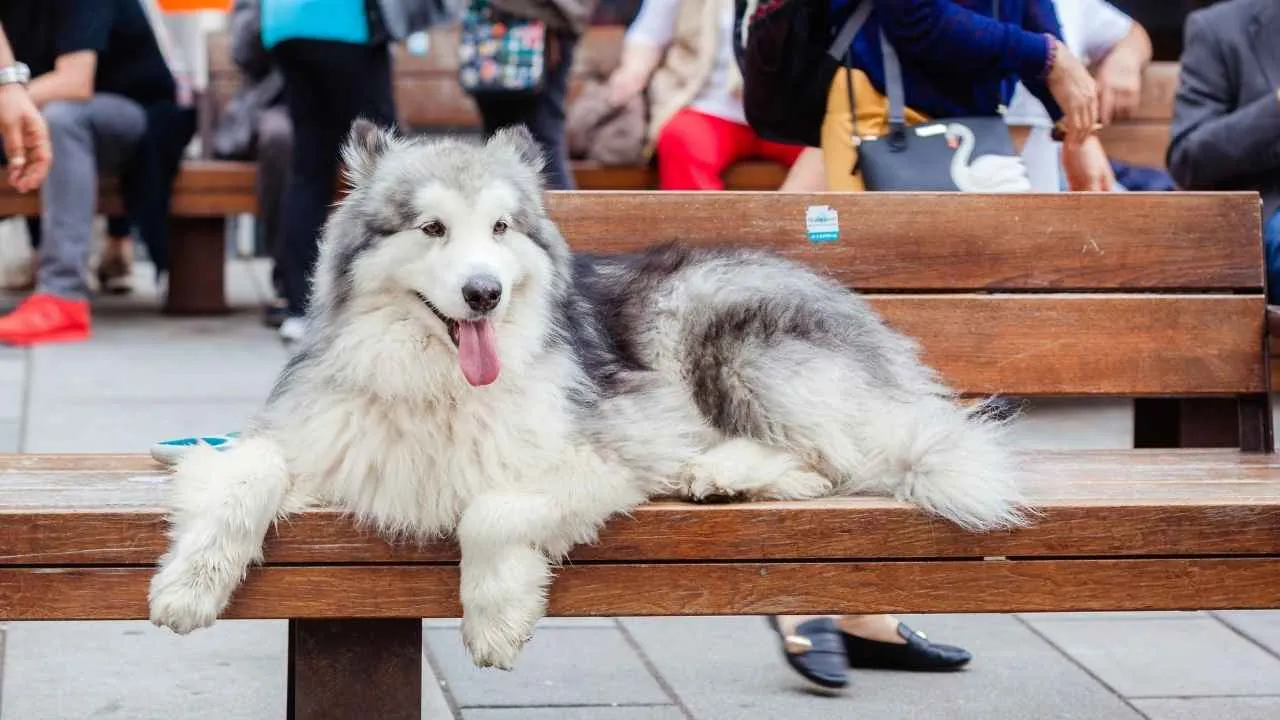
Originally bred for hauling heavy loads over long distances in the harsh Arctic conditions, the Alaskan Malamute is renowned for its strong, heavily built, and muscular body.
It is important that these dogs maintain daily exercise and an active routine to maintain their body; not just a quick walk around the block will suffice. PetMD provides some health care tips new owners need to take into consideration before bringing one of these pups home.

Health Considerations
Hip and elbow dysplasia.
Cataracts.
Hypothyroidism.
Chondrodysplasia.
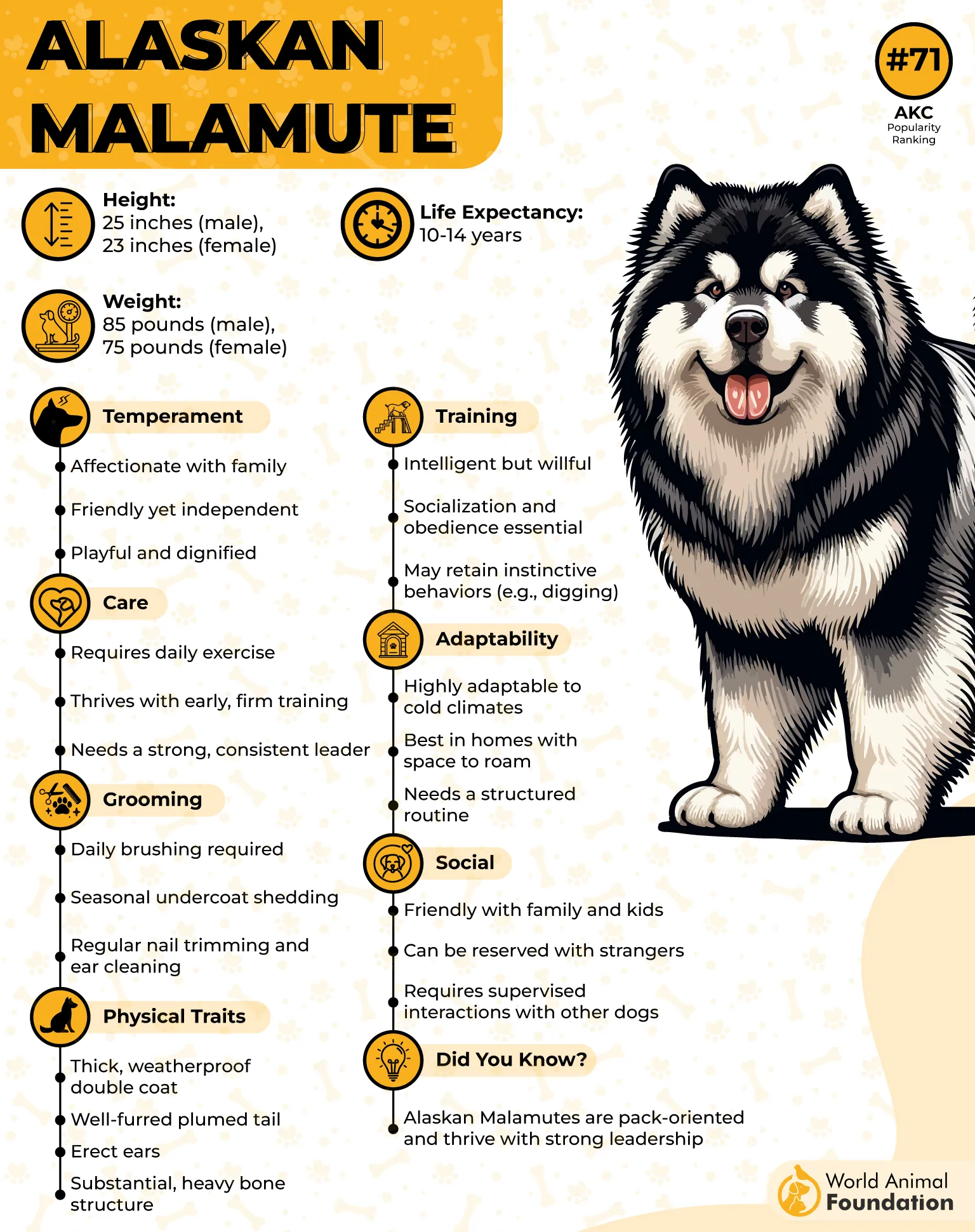
They need at least one or two hours of vigorous exercise daily. We’re talking constant running, swimming, hiking, or even dog sports. Something that keeps the momentum high.
This is a breed that loves having a job to do, due to their strong working history. Weight pulling, backpacking, etc., are the types of activities they excel at, because they utilize the muscle mass they were bred for.
2. American Foxhound

Built for immense athleticism, speed, and endurance, the American Foxhound is a lean, strong, and muscular dog breed.
Their back is moderately long, muscular, and strong, with loins that are broad and slightly arched. These athletic dogs need stamina, and that is accommodated by their broad chest, which houses a larger lung capacity, too.
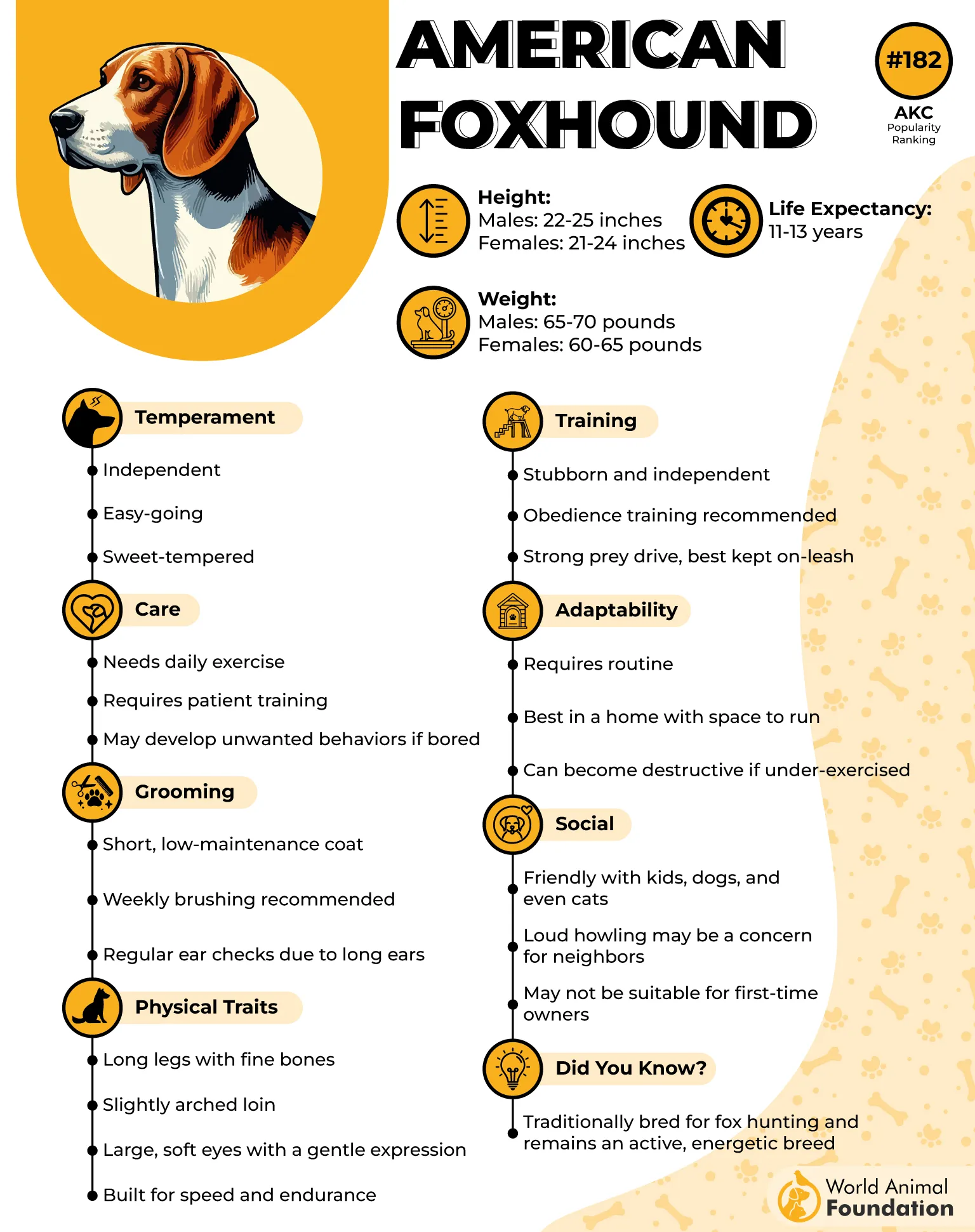
Health Considerations
Hip dysplasia.
Thrombocytopathy.
Ear infections.
Bladder/kidney stones.
This is a good-mannered breed that gets along really well with children, other dogs, and even cats, according to AKC.
They have soulful eyes and, like any other strong, athletically built dog, they need a lot of exercise, or they tend to become depressed and destructive. They also have a single-minded prey drive that needs to be managed, and they need to be provided with proper training.
3. Australian Cattle Dog
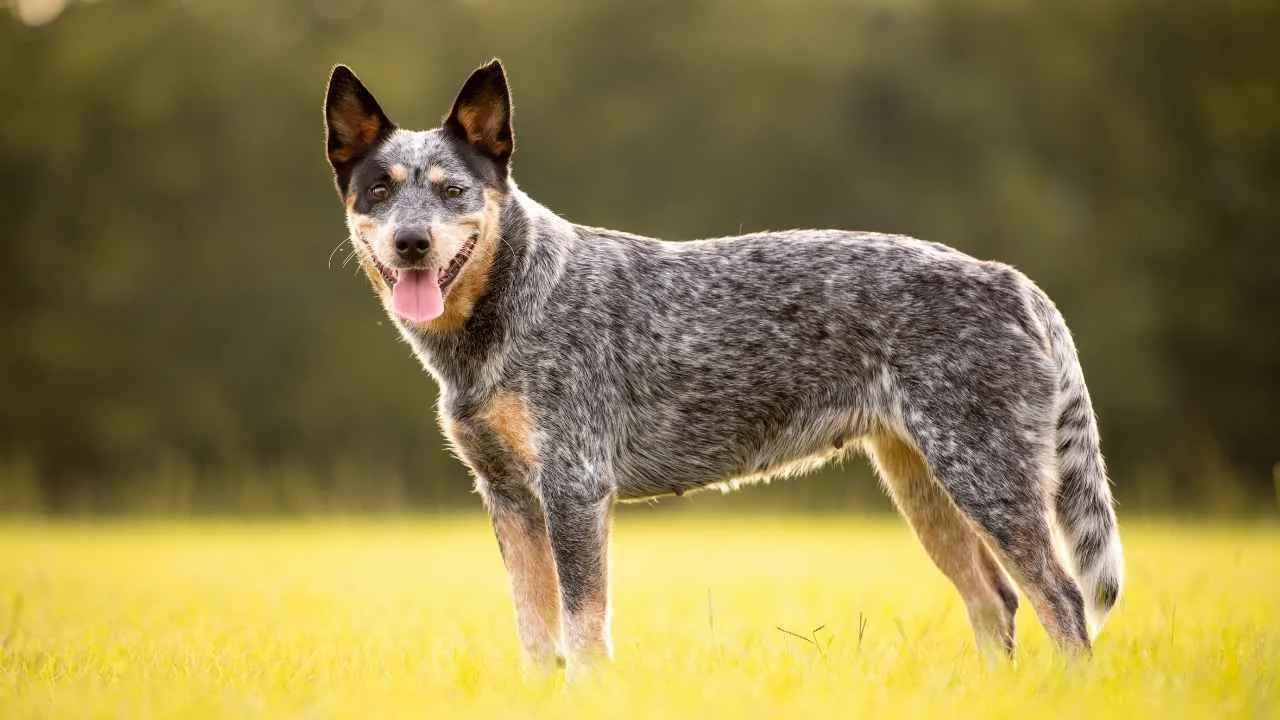
The Australian Cattle Dog is a sturdy, hard-muscled herder with immense agility and strength. With deep chests and muscular, stocky bodies, they have evidently strong necks and long, muscular, and well-developed thighs. They have a high-energy lifestyle that their body allows them to enjoy.

Health Considerations
Urolithiasis.
Deafness.
Eczema.
Luxating patellas.
Despite having an independent, stubborn streak, these are highly intelligent dogs. Britannica states they are wary of strangers. They enjoy long hikes, jogs, coupled with vigorous games. It is a tough and rugged breed, too energetic and strong-willed to have around little children.
4. Australian Shepherd

The Australian Shepherd is a medium-sized working dog with a strong, proper muscle tone. They were originally bred as working dogs and still possess the same drive to get stuff done. They love to please their owners and enjoy outdoor adventures due to their working history.

Health Considerations
Multidrug Resistance Mutation.
Progressive Retinal Atrophy.
Hereditary Cataracts.
Epilepsy.
With piercing eyes, these big softies are smart and loyal companions too. They take a while to warm up to strangers.
They are affectionate family members with a prey drive, which makes them want to chase moving objects like scooters, bikes, etc. They need early socialisation to get along with children and other pets.
5. Bernese Mountain Dog
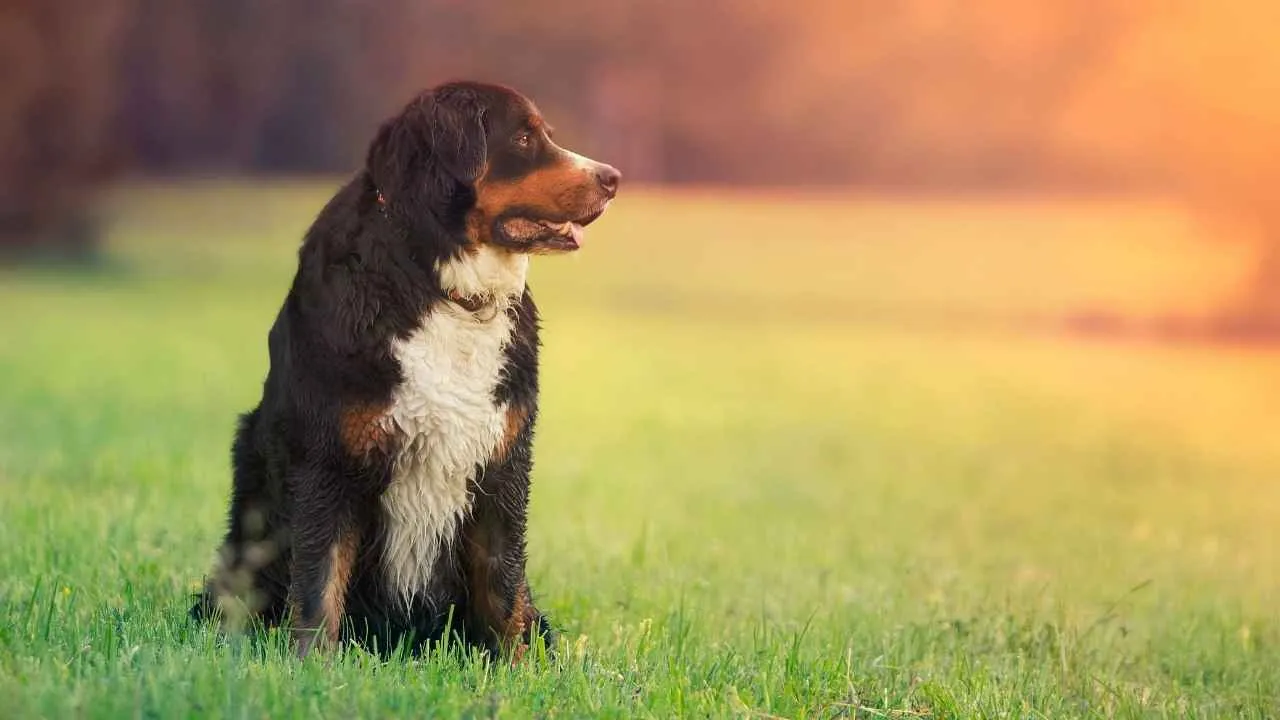
Historically famous as a farm dog used for draft work, herding, and guarding in the Swiss Alps, the Bernese Mountain Dog has a physique specifically designed for strength and endurance.
They have an extremely muscular, thick neck with a firm back. Despite their imposing size, they move with quite the agility if conditioned well.
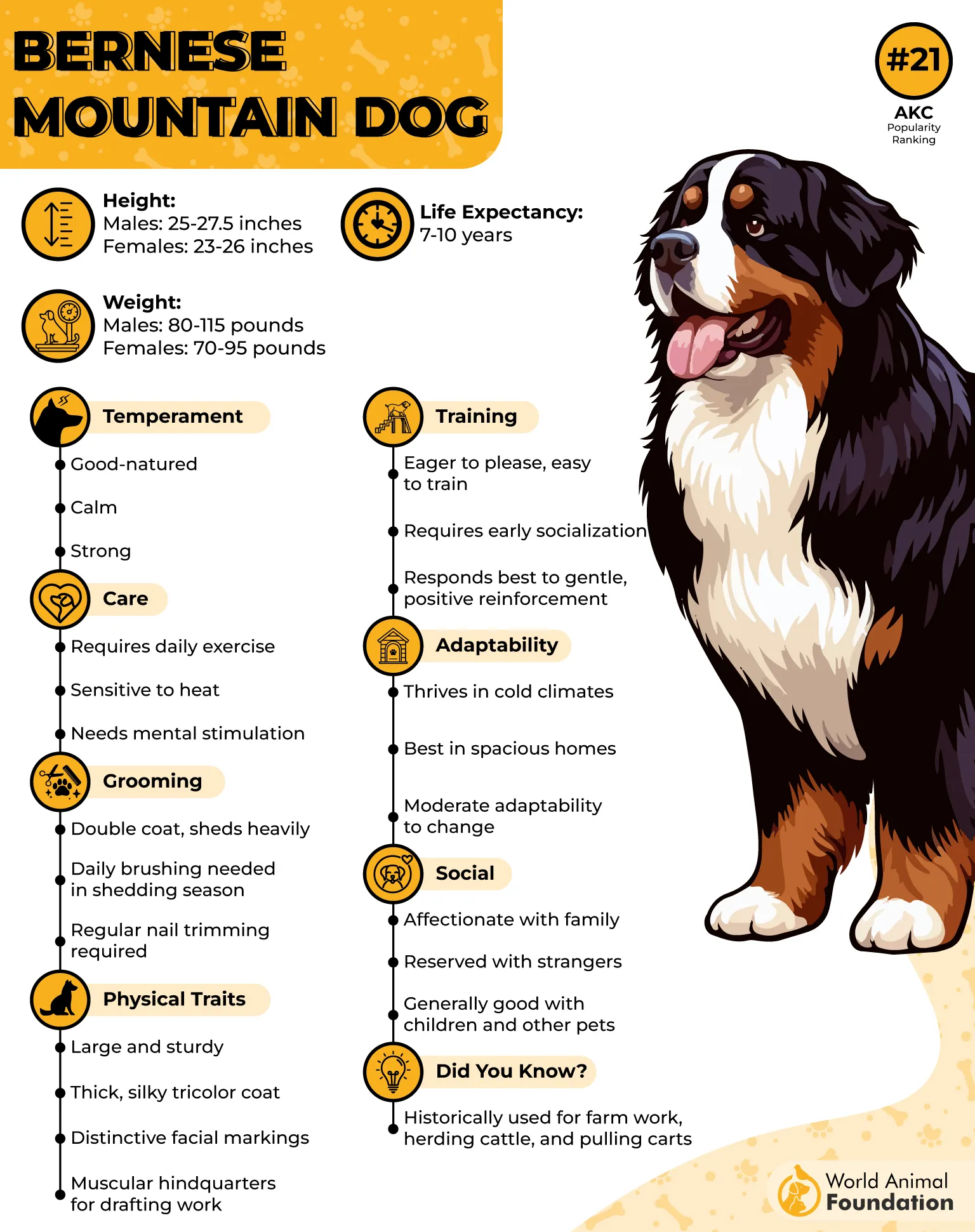
Health Considerations
Gastric Dilatation-Volvulus.
Cancer.
Von Willebrand disease.
Cruciate ligament tears.
Bred in Switzerland, these farm dogs were brought to the US during the 1920s to do farm work. Now, these gentle giants are mostly just family pets. These reliable protectors have a protective nature and a big heart that matches their size.
6. Greater Swiss Mountain Dog
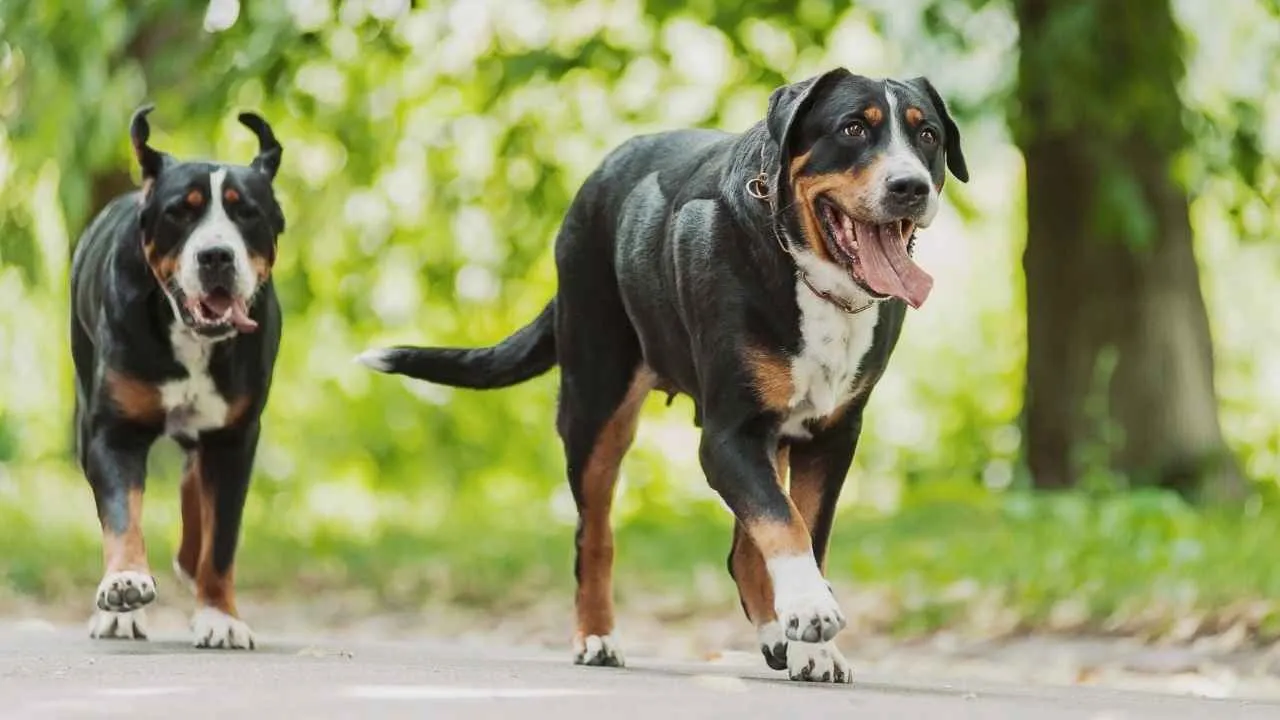
The Greater Swiss Mountain Dog is a muscular dog breed with a broad chest that is also deep. They were used by farmers and tradesmen across Europe by the 19th century.
It is an all-purpose farm dog that has pulled heavy carts as draft dogs, moved herds of dairy cattle as drover dogs, and also served as watchdogs and family dogs.
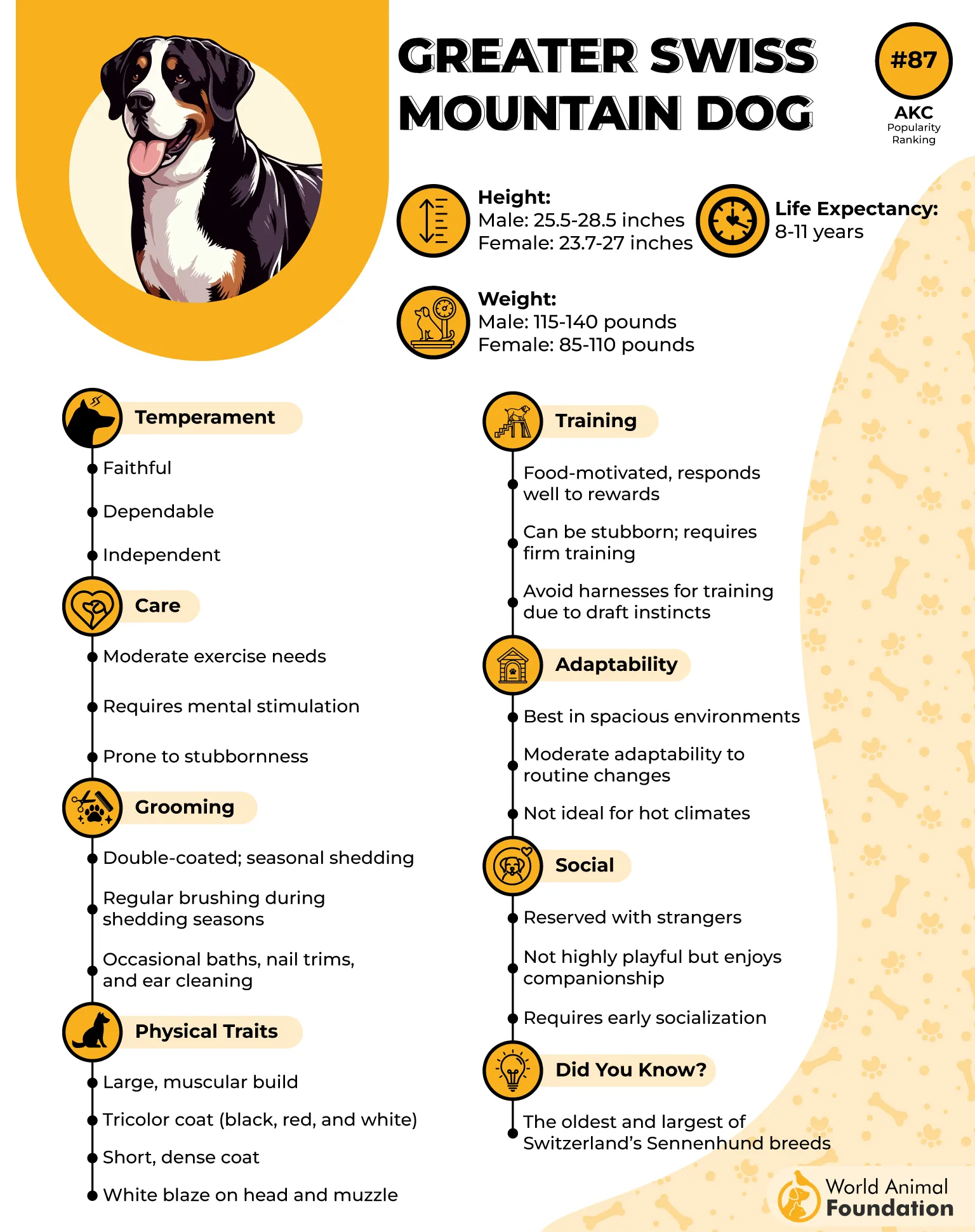
Health Considerations
Gastric distress.
Bleeding issues.
Lick fit.
Splenic torsion.
Today, it is a rare breed in the United States as well as in Switzerland. This is because they were used as drafted dogs by the Swiss army in World War II, by the end of which only 350-400 of them were left. They need one or two walks, at least, daily, and don’t tolerate the heat very well.
7. Samoyed
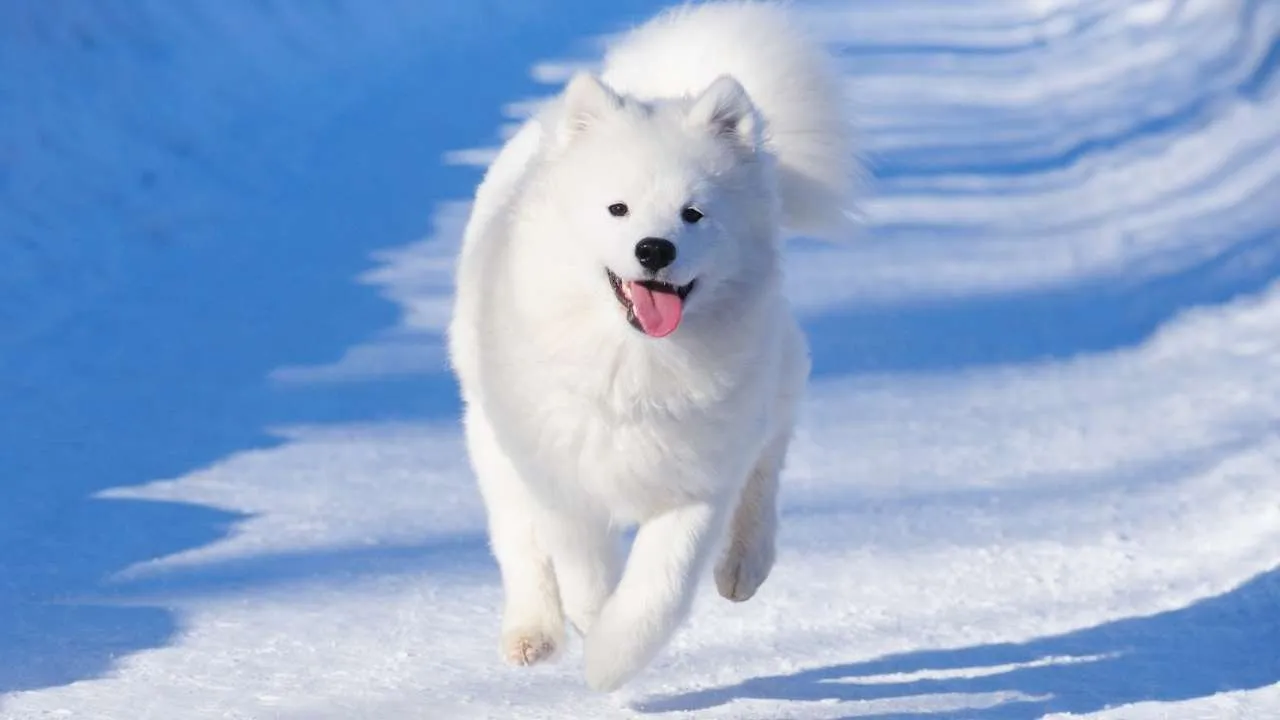
The muscle toning of a Samoyed is an important part of their breeding standard. It is essential for them to perform work effectively. They have a perfectly balanced weight, free from excess fat and clumsiness.
Their thick fur hides a very compact frame. They have a very gentle nature and are incredibly loyal guard dogs in the canine world.
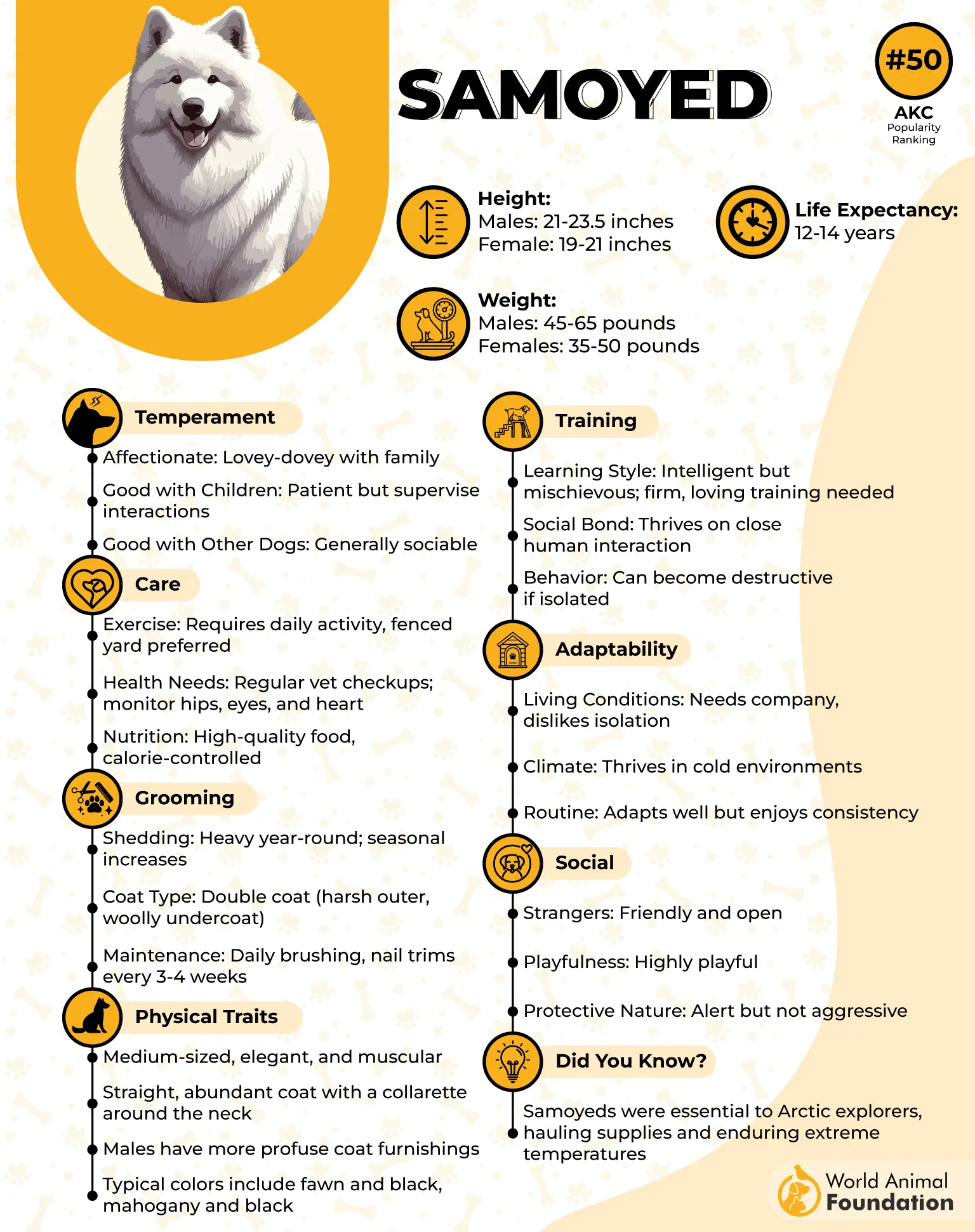
Health Considerations
Retinal diseases.
Uveodermatologic Syndrome.
Heart problems.
Samoyed Hereditary Glomerulopathy.
It is a breed that was built for the colder climate, originally bred to herd reindeer and pull sleds for the Samoyed people in northwestern Siberia. They have a double coat, due to their northern ties, one being a silky, straight topcoat with a soft, denser undercoat.
Conclusion
These dogs represent far more than just mere physical strength; this is an intentional, purposeful breeding of centuries. Guard dogs are used for protecting livestock and families, serving on battlefields, pulling heavy loads, or even competing in modern canine sports.
Their bodies are engineered for actions, and they thrive on challenges that test their minds and muscles, both. These great big beautiful beasties thrive in almost every role they are put in, given the correct training and mental stimulation. Understanding what makes these dogs unique really helps owners appreciate the responsibility that comes with them.


